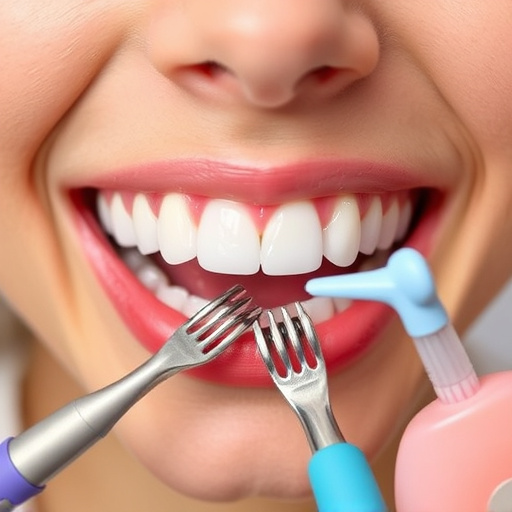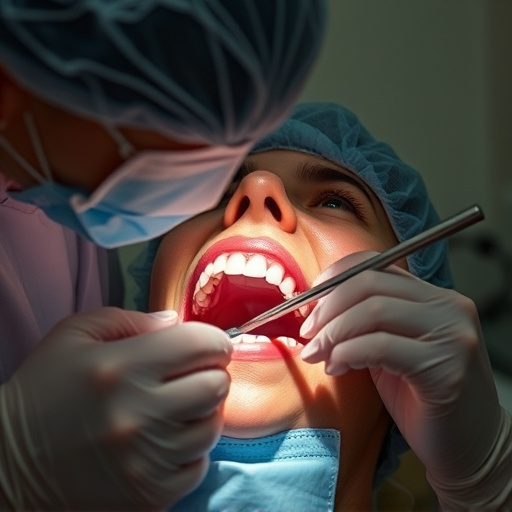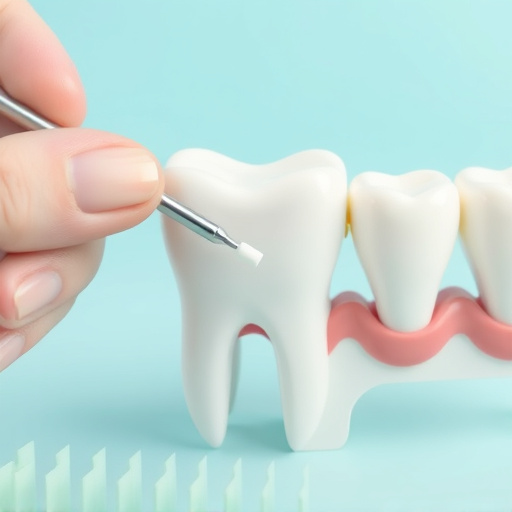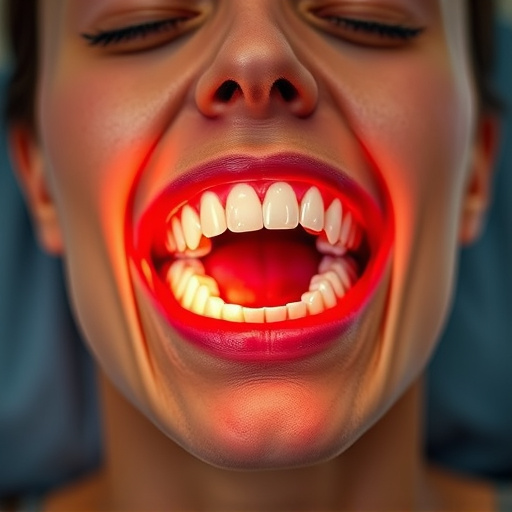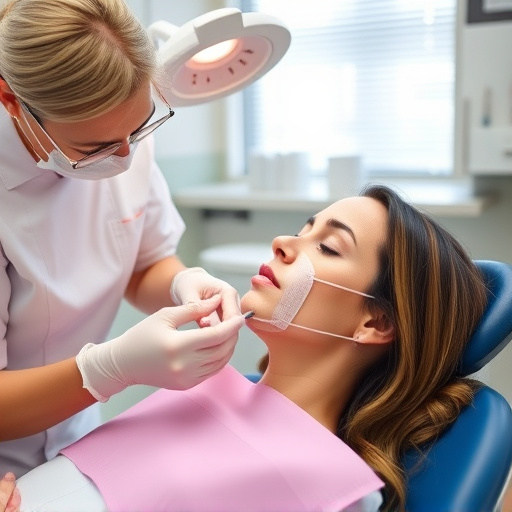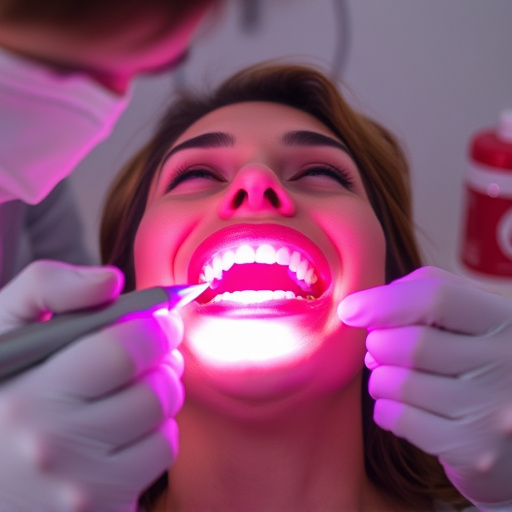Language barriers in dentistry hinder access to care and patient outcomes, especially for non-English speaking patients. Multilingual dental staff services, including translators or bilingual personnel, are an effective solution. They enhance accessibility, build trust, and encourage patient engagement in oral health decisions. These services are crucial globally, addressing challenges faced by immigrant populations and vulnerable groups like Vietnamese refugees, ultimately improving oral health outcomes.
Empowering Patients Through Multilingual Dental Staff Services
In today’s diverse communities, language barriers pose a significant challenge in accessing quality dental care. Overcoming these obstacles is crucial for ensuring equitable oral health outcomes. This article explores the impact of language differences on patients’ dental experiences and highlights the transformative power of multilingual dental staff services. By implementing effective solutions, dental practices can enhance patient comfort, improve communication, and foster an inclusive environment, ultimately empowering individuals to take charge of their oral health.
- Overcoming Language Barriers: The Impact on Dental Care Access
- – Exploring the challenges faced by non-English speaking patients in dental settings
- – Statistics and real-life examples of limited access to oral healthcare due to language differences
Overcoming Language Barriers: The Impact on Dental Care Access
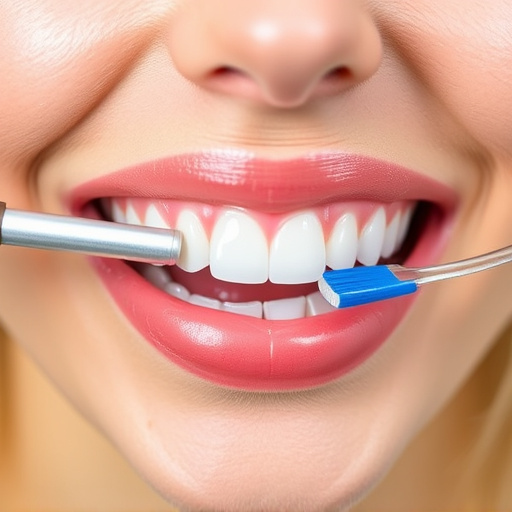
Language barriers present a significant challenge in healthcare, often leading to limited access and poor outcomes. In the realm of dental care, this issue is particularly acute as communication plays a crucial role in ensuring accurate diagnoses and effective treatment plans. When patients and dental professionals speak different languages, essential information can be misinterpreted or overlooked. This barrier can result in delayed or incorrect procedures, such as dental bonding or teeth cleaning, and even deter patients from seeking necessary emergency dental care.
Multilingual dental staff services offer a powerful solution to these problems. By providing translators or training staff in multiple languages, dental clinics can ensure clear communication with diverse patient populations. This approach not only improves access to care but also fosters trust and comfort among patients. Patients are more likely to feel empowered to ask questions and actively participate in their oral health decisions when they can easily express themselves and understand the treatment process.
– Exploring the challenges faced by non-English speaking patients in dental settings
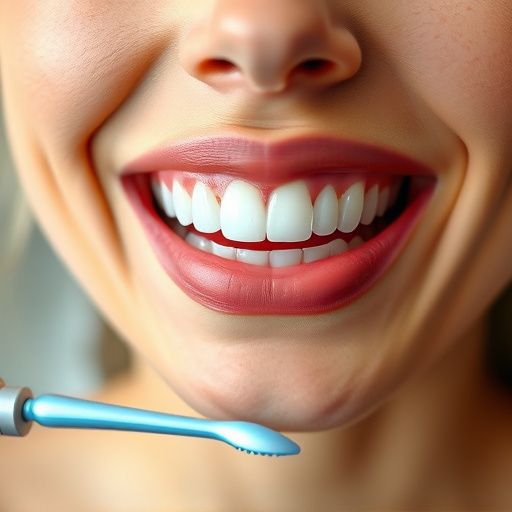
Many non-English speaking patients often encounter significant barriers when accessing dental care due to language differences. This can lead to a range of challenges, from initial consultation and treatment explanations to understanding aftercare instructions. The complexity of dental procedures, involving technical terms and specific terminology related to various treatments like dental cleanings, bonding, or cosmetic dentistry, can be particularly daunting for patients who are not fluent in the primary language used in dental clinics.
Such communication gaps may result in anxiety, misunderstandings, and even potential health risks. Patients might struggle to convey their concerns, preferences, or symptoms accurately, affecting the quality of care they receive. This is where multilingual dental staff services become invaluable, ensuring that every patient, regardless of their linguistic background, can access comprehensive and culturally sensitive dental care.
– Statistics and real-life examples of limited access to oral healthcare due to language differences
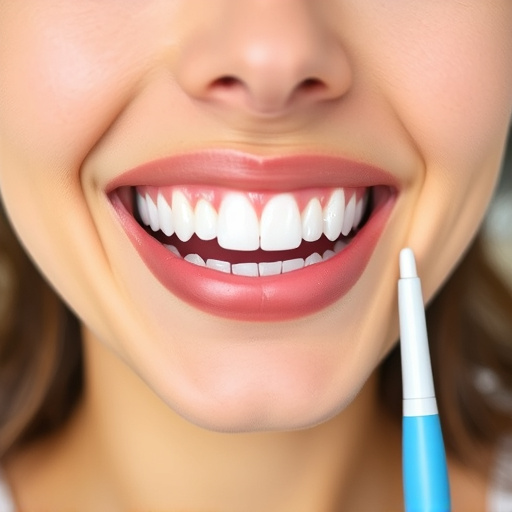
In many communities worldwide, language barriers pose a significant challenge to accessing quality dental care. According to recent studies, nearly 40% of Americans struggle with communicating in English due to factors like limited formal education and diverse linguistic backgrounds. This statistic is even more pronounced among immigrant populations, where individuals often face difficulties finding dental services that cater to their native languages. For example, a study in the United States revealed that Spanish-speaking patients are less likely to receive preventive dental care, such as regular cleanings and check-ups, due to communication gaps with dental professionals.
The impact of these language barriers can be severe, leading to increased dental health issues and higher costs for restorative dentistry procedures, including complex treatments like dental implants. Consider a real-life scenario where a Vietnamese refugee, after years of living in a new country, experiences severe tooth decay due to a lack of access to dental care in his native language. This situation could have been avoided if the dental clinic had offered multilingual staff services, enabling easier communication and ultimately improving oral health outcomes for this vulnerable patient group.
In light of the above, it’s clear that providing multilingual dental staff services is not just a convenience—it’s an essential step towards ensuring equitable access to oral healthcare. By breaking down language barriers, dental practices can significantly improve patient care, satisfaction, and overall health outcomes for non-English speaking individuals. Empowering patients through this initiative fosters a more inclusive dental environment and strengthens community health.








